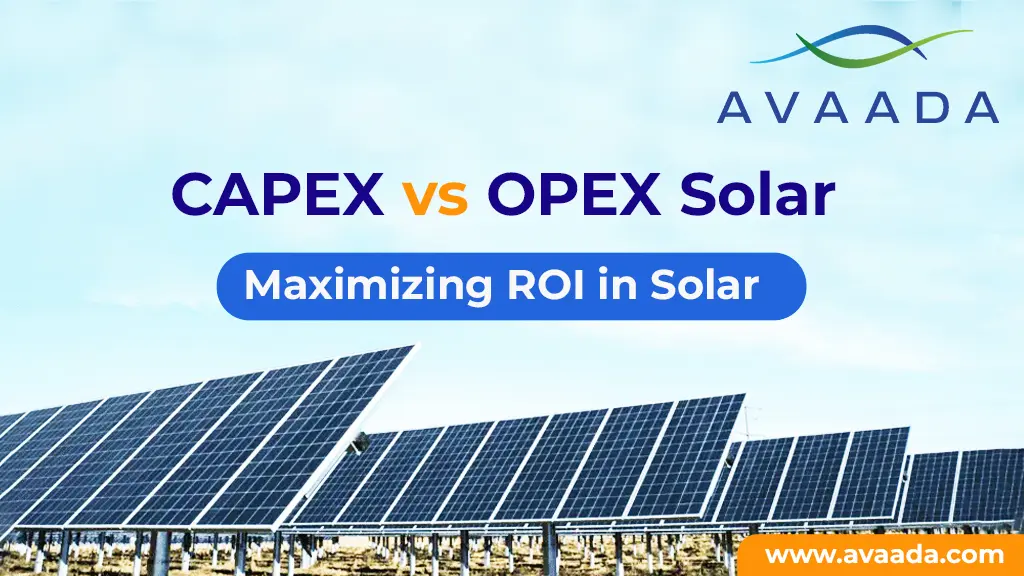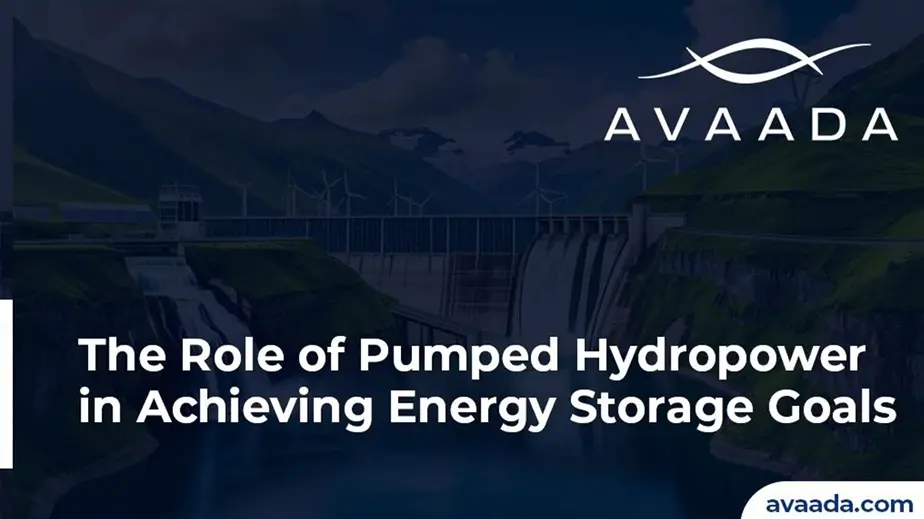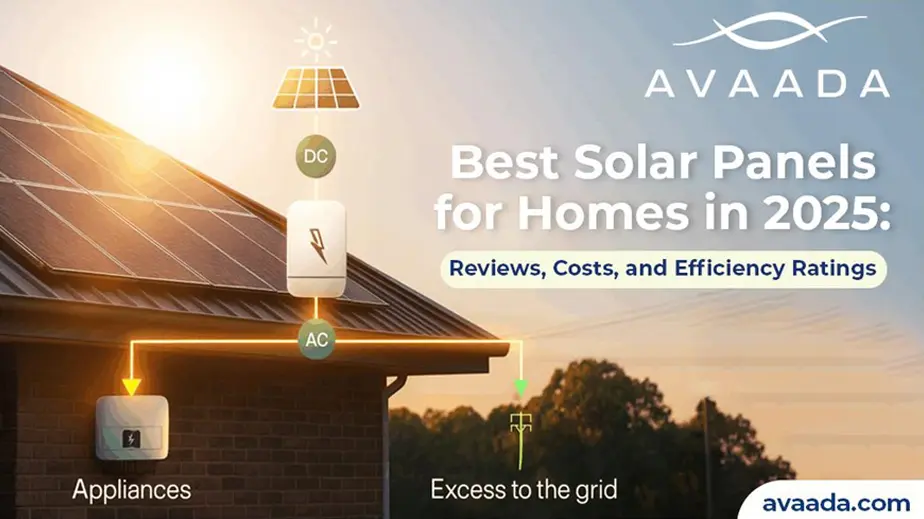The utilization of solar energy is growing at a rapid rate, with companies and industries looking for sustainable solutions to reduce carbon footprint and the price of electricity. Investing in solar energy is one of the biggest decisions, of which the most significant choice is whether to adopt CAPEX (Capital Expenditure) or OPEX (Operational Expenditure) models.
Being familiar with the difference between these models allows companies and individuals to make a decision in an informed way based on their budgetary resources, power needs, and future aspirations. In this blog, we will explore the CAPEX vs OPEX solar models, their benefits, and how leading solar manufacturing companies in India, such as Avaada Group, are revolutionizing the solar industry.
Understanding CAPEX and OPEX in Solar Energy
What is CAPEX Solar?
In the CAPEX (Capital Expenditure) scenario, the buyer is the owner of the solar power system. One-time money is paid by the company or user for purchasing solar panels and installation, bearing all the costs upfront.
Key Features of CAPEX Solar:
- Ownership of the Solar System: The buyer owns the solar power plant entirely and can enjoy long-term energy cost savings.
- Higher Upfront Cost: Has a high initial cost of capital outlay for solar panels, inverters, installation, and upkeep.
- Zero Payment Every Month: No payment for power consumption is made every month after installation except for upkeep.
- Higher Return on Investment: Since the company holds the system, it gets to benefit from government incentives, tax benefits, and depreciation over fewer years.
Learn more about How India is Building a Self-Sufficient Solar Manufacturing Ecosystem.
What is OPEX Solar?
In an OPEX (Operational Expenditure) business model, a third-party solar service company installs the solar system, and the customer or firm only pays for the consumed electricity through a Power Purchase Agreement (PPA).
Key Features of OPEX Solar:
- No Upfront Cost: The installation and maintenance expenses are incurred by the service provider.
- Pay-as-You-Use: Customers pay a fixed rate per unit of consumed electricity.
- Maintenance-Free: The solar manufacturing company maintaining the system handles all operations and maintenance.
- Best for Companies with Low Budget: No capital investment is required, and thus it is a suitable option for companies looking for green solutions at no big cost.
How Avaada Group is Redefining the Solar Market
- Financial Considerations
- CAPEX Model: Appropriate for businesses houses having big capital budgets and long-term visions to reduce electricity bills.
- OPEX Model: Well suited for firms which are not required to put a lot of investment at the starting stage but want to generate electricity using sunlight as well.
- Ownership and Control
- CAPEX Model: All ownership and control of the solar panel system rests in your hands.
- OPEX Model: The company owns the system, and the customer only pays for electricity consumption.
- Return on Investment (ROI)
- CAPEX Model: This offers more ROI in the long term in terms of reduced electricity bills and tax benefits.
- OPEX Model: No upfront Return on Investment, but firms save on power bills without spending anything upfront.
- Maintenance and Responsibilities
- CAPEX Model: Maintenance is with the owner, who can make decisions about maintenance and upgrades.
- OPEX Model: Operation and repairs are done by the solar manufacturing firm.
- Business Type Suitability
- Manufacturing Companies & Large Companies: As with CAPEX Solar for long-term gain.
- Commercial Real Estate & Small Enterprises: Go for OPEX Solar in order to forego capital outlay but avail renewable energy.
Explore our blog on Top 10 States in India for Solar Installation Capacity.
CAPEX vs OPEX Solar: What Should You Opt For?
Avaada Group is transforming the solar sector with large-scale projects, sophisticated solar panel production, and novel financing schemes. Avaada has commissioned various gigawatt-scale solar farms, contributing significantly to India’s renewable energy goals. Avaada is also investing in high-efficiency solar panels, optimizing energy yield and minimizing costs. By providing CAPEX as well as OPEX solar solutions, Avaada empowers businesses to adopt solar in versatile ways.
Avaada integrates smart grid solutions with AI-based analytics and IoT-based monitoring to ensure maximum solar energy efficiency. Avaada is a sustainable and net-zero emissions-driven company, and it is a key player in India’s ambition to reach 500 GW of non-fossil fuel energy capacity by 2030.
Conclusion
Being one of India’s leading solar companies, Avaada Group offers customized solar solutions that include both CAPEX and OPEX models. Be it a small or big business, it always matters to have the right solar panel investment model, which can make a huge impact on your sustainability goals and cost savings.








